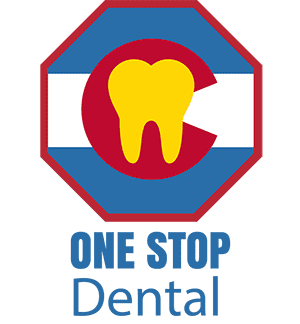Have you ever wondered what leads to the unsightly discoloration of your teeth? Tooth discoloration can result from a variety of factors, including dietary habits and certain lifestyle choices, as well as natural aging processes. Understanding these causes is the first step towards acknowledging how widespread and common this issue is.
Common Foods That Stain Teeth
Tooth discoloration is a common concern for many, and various factors contribute to this dental issue. Among these, the foods we consume play a significant role in affecting the whiteness of our teeth. Certain foods and beverages are notorious for staining teeth, leading to a less than desirable smile over time. For a deeper understanding of how your diet impacts the color of your teeth, consider exploring The Impact of Food on Tooth Whiteness. This resource sheds light on the connection between what we eat and drink and the appearance of our teeth.
Typically, intensely colored foods and drinks have the highest potential to stain your teeth. These include coffee, tea, red wine, and some fruits like blueberries and pomegranates. These items contain pigments that adhere to the enamel of your teeth, gradually changing their color with prolonged exposure. It’s not just about the color, though; acidic foods and beverages can also make the enamel more porous, making it easier for stains to take hold. Understanding which foods have these effects can be the first step toward maintaining the natural color of your teeth.
Impact of Aging on Tooth Color
As individuals age, it’s natural to notice changes in the color of their teeth. This discoloration is often attributed to the enamel, the outermost layer of the tooth, thinning over time. As enamel wears down, it reveals more of the underlying dentin, which is naturally a yellower or darker shade. This process is a normal part of aging and can contribute to teeth appearing more discolored or yellowed as years pass. Additionally, the cumulative effect of years of consuming staining substances like coffee, tea, and certain foods can exacerbate this natural discoloration, making the teeth appear more stained than they might otherwise.
The impact of aging on tooth color is a common concern for many, but it’s important to remember that changes in tooth appearance are a normal part of the aging process. While these changes can affect one’s confidence in their smile, there are professional services available that can help address tooth discoloration. Brighten Your Smile in Colorado Springs Today with professional assistance that understands the nuances of tooth discoloration, including those changes brought on by aging.
Tobacco Use and Oral Health
Tobacco use is a significant factor contributing to tooth discoloration, impacting oral health considerably. Whether it’s smoking cigarettes, cigars, or using chewing tobacco, these products contain nicotine and tar which can lead to stains on the teeth that are difficult to remove. Over time, the habitual use of tobacco not only affects the color and appearance of teeth but also poses serious risks to overall oral hygiene and health.
Medications Affecting Tooth Appearance
Many people are unaware that certain medications can have a significant impact on the color and overall appearance of their teeth. While medications are essential for treating various health conditions, some have side effects that can alter the enamel or underlying structure of the teeth, leading to discoloration. This change can vary from slight to severe and may affect individuals differently depending on the type of medication, duration of use, and individual dental health. Understanding the potential impact of medications on tooth appearance is crucial for maintaining oral health. For those concerned about their dental aesthetics, consulting with a professional, such as a Colorado Springs Dentist at One Stop Dental, can provide clarity and options.
Dental Trauma and Discoloration
Dental trauma refers to any injury to the teeth, gums, or jawbone, which can sometimes lead to tooth discoloration. This discoloration often occurs because the trauma affects the internal structure of the tooth, potentially leading to bleeding within the tooth or damage to the nerves. The change in color can vary, often presenting as darker shades or yellowing, depending on the extent of the injury and how the tooth responds to the trauma. Understanding the impact of dental trauma on tooth color is crucial for recognizing changes in dental health following an injury.
Conclusion
For more insights, call us at (719) 447-1199 or read our reviews on Google Maps.


